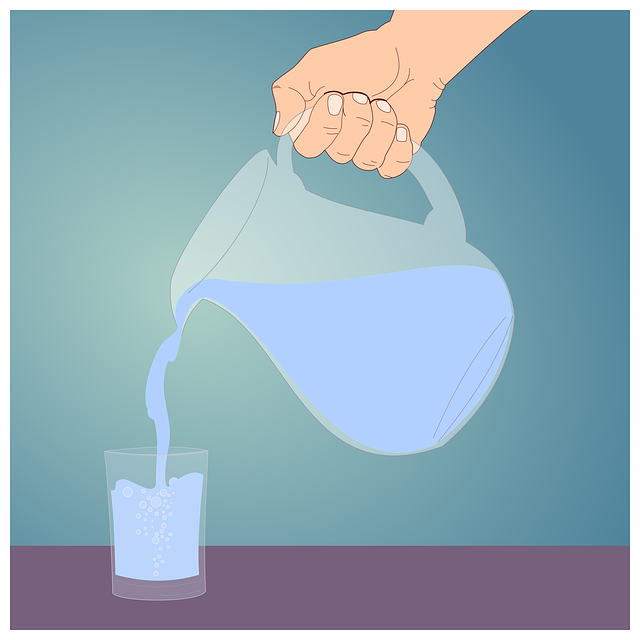At the NAS we are business as usual, however the team is now working from home following the advice from Government in response to the threat of Coronavirus. Thankfully at the NAS our IT and telephone setup is cloud based which means our infrastructure and network are built for mobile working!
We wanted to take the opportunity to share with you some tips on working from home to help you guide your mobile workforce to protect productivity and collaboration.
- Understand what you are working with….
If your current IT infrastructure allows for remote working, make the most of it! If you are cloud based or staff can access your internal network by virtual private network (VPN), make a quick and simple guide which will help them to get up and running themselves. Your IT support provider should be more than equipped to assist you with this, but if you are an Office 365 client and don’t have access to IT support, feel free to give NAS House a call. Our Operations Manager comes from an IT background and is very happy to share guidance which may help get you up and running quickly.
If you have made the decision to allow staff to use personal devices here is a quick summary of points to consider:
- Ensure that all devices have anti-virus protection installed and that it is up to date
- Ensure that all personal devices are password protected to secure company data
- Ensure a separate secure user account is created if family and friends also use the device
- Ensure that a reporting process is in place in the event that the device is lost or stolen
Tip: If your phone system is based on a Hosted Voice Over IP (VOIP) platform, there is a good chance that staff can simply take home their desk phone, plug it into their home router and make and take calls in the exact same way they would at work. The business’s external number will remain the same. Just be sure to check that your phone system is Hosted VOIP and remember that an ethernet cable and the phone handset’s power adapter and cable will be needed!
Also, take a look at the free video conferencing options available, Zoom offer a free subscription where calls are limited to 40 mins max duration, however if you are simply looking to achieve a temporary solution in the current climate, this could be a very sensible option.

- Keep up the comms…
One of the most important ways to maintain productivity and team collaboration when working at home is to ensure that the agreed methods of communication are understood. For example, you may choose to make the most of a conference facility. Ensure that all team members have access to the dial-in details and agree a sensible time and frequency for team check-ins.
Alternatively, if you are an Office 365 client, you may want to opt for making the most of your existing investment and give Microsoft Teams a whirl! Our recommendation is that all team members download the Microsoft Team Desktop and Mobile Applications for best functionality. You can make voice only or video calls to anyone within your organisation at the click of a button. You can also screen share which is great if you have a central task management application or tracker that you can present visually.
Microsoft Teams also allows for collaborative working through shared documents and real-time communications channels, known as ‘Teams’. Within each ‘Team’ you can create Channels which are specific to a project, team or general discussion to help keep conversations structured and organised.
Other applications such as Slack also provide similar functionality but are free to use, so if you don’t want to incur additional cost at this time, take a look at the free applications and introductory trials that are out there.
No matter which option you decide to take, maintaining team communication while working at home is essential to sustain focus, promote team work and keep up morale.
- Ramp up on routine….
Once you have the essential IT, security and communications aspects organised, take a moment to plan out the ideal routine which will keep staff engaged and focused.
You may decide to ask your team to devise a schedule based on the priorities discussed in your check-in’s. Asking them to populate their diaries with their intended actions will help fill the visual gap that some individuals are likely to struggle with when working from home. It will also help management staff and supervisors to keep track of progress without micro managing.
A good schedule includes the following:
- Time to manage emails at the beginning and end of the day: Leaving non-urgent email correspondence to allocated time slots when working at home means that chaotic and continuous email tennis is avoided, it also reduces distraction and allows individuals to maintain focus on their key priorities.
- Planned breaks: This will be dictated by your employment contract so be sure to make staff aware of what rest break entitlement they have within the day and ask them to loosely schedule the time they expect to take. This will help you to ensure sufficient coverage of work and also be aware of appropriate times to reach out to staff with the expectation that they will be available. These breaks should be time spent away from their workspace in order to benefit most from the downtime.
- Book time for key tasks: Ask staff to allocate time within their calendars to address specific tasks or have them update you each morning on what tasks they have planned for the day. This increases your visibility of your team’s work, and can be beneficial to their focus, timekeeping and ability to meet deadlines.
- Schedule start and finish times: Asking staff to schedule their start and finish times within their calendars will help avoid them burning out. For some people, it is very easy to over work when working at home, the removal of a commute can be a blessing and a curse!
- Re-focus time: This is an intentional block of time positioned around key tasks. This can be used as a ‘buffer’ should a task overrun or require additional time, but it can also be used to prepare for the next task, grab a drink or glance at emails for anything urgent that might have come in. These blocks in the calendar will also show teammates when they can reach out without disturbing productivity flow.

Top-tips for Staff
- Maintain business as usual by keeping your daily routine as close as possible. Getting washed and dressed and ready to go before your start time will help keep your mind focused on the work ahead.
- Limit distractions. Pick your workspace carefully, ensure that you are able to sit comfortably and sensibly (no cushions on your lap while sitting on the sofa!). Ensure that you can be seated with your legs at 90 degree angle, your feet should be flat on the floor and your screen should be at an appropriate height for your eyeline. This will avoid back and neck strain while working. You can make some manual improvements with books and boxes to raise your laptop if needed and sitting in an area with sufficient (and ideally) natural light will improve your focus and reduce eyestrain. Try to avoid places where you usually relax, prolonged working at home can have a negative impact on your perception of these areas if you allow yourself to associate them with work.
- Keep in contact. If your manager or team have agreed a communication schedule or regular catch-ups / check-in’s, make sure that you interact and collaborate to keep up yours and others morale. Remember, working at home will be a struggle for some people, they may require additional interaction to help them through. Plan a lunchtime chat or catch-up with your colleagues so that you can check-in on each other and not miss out on your usual interactions.
- Keep unhealthy snacks at bay. If you are prone to snacking, it is much easier to do at home. Keep unhealthy snacks out of sight, prepare healthy snacks and schedule the time that you plan to have them within the day. This will help to avoid over and under eating!
- Stay hydrated. It’s an obvious one but make use of a large water bottle or jug and aim to work through a certain amount by set times to help you stay on target with your water intake. It will have a big impact on performance, concentration and general wellbeing just by simply staying hydrated.
- Get fresh air. Try to get fresh air and exercise where possible. If you have scheduled time to take lunch, pre-plan what you are going to eat or make it in advance so that you have more time available to relax, refresh and maybe take a short walk to refocus.
- Make time for personal To Do’s. For some, working at home can be distracting, the urge to have a quick spring clean or organise that cupboard you have been meaning to deal with can take over. Schedule or plan time within your morning or evening (outside of your work hours) to address these things. You could even make the most of our usual commuting hours to work through your personal To Do list. This will reduce the distraction of addressing them in working hours and won’t compromise your performance.


